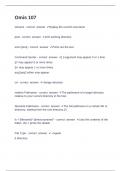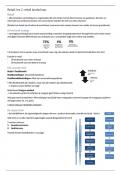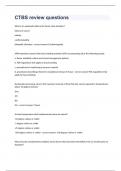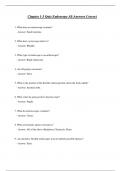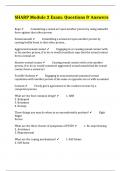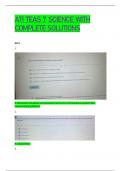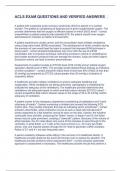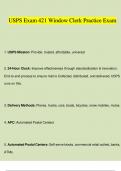Exam (elaborations)
NTA Lesson 1 Quiz Latest Update Graded A+
- Course
- Institution
NTA Lesson 1 Quiz Latest Update Graded A+ Question: What is the primary purpose of a subnet mask in a network? Answer: A subnet mask is used to divide an IP address into network and host portions, enabling devices to determine whether a destination IP address is on the same local network o...
[Show more]




